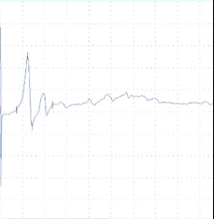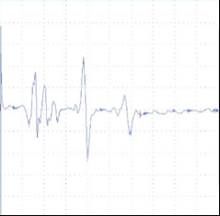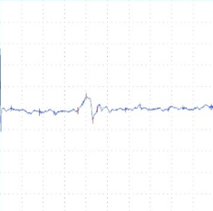We are happy to announce that we have established MD Biosciences Neuro, LLC. in Cambridge, Massachusetts to expand our work and collaborations in the United States. Our team, led by Chief Scientific Officer, Sigal Meilin, is looking forward to developing close partnerships with you and continuing to advance the field of neurology and pain research.
 With a multifaceted approach to assessment of neurological diseases, specializations include pain-related work, neurodegenerative diseases including Parkinson's, neuro-inflammatory diseases such as Multiple Sclerosis (MS), and capabilities in stroke and cerebral ischemia. Preclinical models are complimented by in house histology, biomarker analysis and electrophysiology capabilities. Finally, our unique porcine models share a high degree of similarity to humans, thus offering greater clinical efficacy that serve to augment and accelerate your program towards their next objectives and milestones.
With a multifaceted approach to assessment of neurological diseases, specializations include pain-related work, neurodegenerative diseases including Parkinson's, neuro-inflammatory diseases such as Multiple Sclerosis (MS), and capabilities in stroke and cerebral ischemia. Preclinical models are complimented by in house histology, biomarker analysis and electrophysiology capabilities. Finally, our unique porcine models share a high degree of similarity to humans, thus offering greater clinical efficacy that serve to augment and accelerate your program towards their next objectives and milestones.
Please contact us with any questions about our services, capabilities, and customizable study design options.

Read More
Topics:
Pain,
news,
Neuro/CNS,
Preclinical Discovery,
neuropathic pain,
Life Science,
translational,
assays,
drug development,
preclinical research,
disease models,
Biotechnology,
Behavioral Research,
porcine model,
Neuroscience
MD Biosciences lab was featured with Ellegaard offering an exclusive expertise in pain studies. The article discusses our work to develop and validate models in adult pigs, specifically for chronic and acute pain.

When do we recommend to work with minipigs?
MD Biosciences pigs studies include domestic pigs and Göttingen minipigs.
The main advantage of the minipig is that it gains weight much slower than the domestic pig. This could be significant when:
- The study requires working with adult animals
- When we run models with chronic diseases ( ≥3 months)
- Tox and ADME studies are run in Göttingen minipigs, which is significant for standardization
Pig models at MD Biosciences:
Post-Operative Pain
Modified Post-Operative Pain
Neuropathic Pain
Wound Healing
Ready to learn how your research can accelerate with pig studies? Contact us today! +1 (651) 641-1770 or info-us@mdbiosciences.com
Read More
Topics:
Pain,
post-operative pain,
neuropathic pain,
translational,
Wound Healing,
translational research,
Behavioral Research,
porcine model,
Neuroscience
Now live: a website dedicated to MD Biosciences' cutting-edge neurological and CNS research services offered through our Neuroscience Research Laboratories. Our facilities are fitted with state-of-the-art equipment and technologies for preclinical and translational studies, featuring clinically-relevant read outs and endpoints. Specialties include studies of neuropathic, acute and chronic pain and neurodegenerative/neuroinflammatory diseases. Unique pig translational models and electrophysiology capabilities compliment rodent capabilities and accelerate your program towards their next objectives and milestones. Contact our team today! 651-641-1770 or info@mdbiosciences.com

Read More
Topics:
Pain,
news,
Neuro/CNS,
in vivo pain models,
post-operative pain,
Biomarkers,
neuropathic pain,
Neuropathy,
assays,
Batch Release Testing,
preclinical research,
translational research,
Electrophysiology,
Behavioral Research,
porcine model,
Neuroscience,
Nerve Injury
Despite massive investment in research for treatment options, there are not many effective and safe therapeutics for human chronic neuropathic pain (NP) afflictions. Options are limited due to the lack of translatable animal models, especially large animals who have similar physical and metabolic features to humans (Rice et al., 2008, Henze and Urban, 2010, Swindle et al., 2012). MD Biosciences, Inc. has developed a modified unilateral sciatic nerve PNT model in pigs that produces sustained NP behaviors consistent with those observed in human pain patients. The pig PNT model provides highly valuable data for translational pain research.
Read more in our scientists' latest publication here!
MD Biosciences translational models can be enhanced with behavioral analysis capabilities, electrophysiology recordings, histology/IHC services and more. Contact us today for more information: info-us@mdbiosciences.com or (651) 641-1770.

Read More
Topics:
Pain,
neuropathic pain,
translational research,
Behavioral Research,
porcine model,
Histology
The problem: the rat model is limited in assessing any local treatment (cream, skin injections, patches and nerve blocks).
The solution: translational models in pigs, prior to clinical stages.
- A cutting-edge translational model (technically and scientifically): volume of injection, nerve stimulation, imaging, PK, behavioral changes and skin biomarkers.
- By utilizing more translational models in larger species, the success rate of drugs entering clinical phases is dramatically increased.
Now offering a unique model allowing the differentiation between motor dysfunction and pain block following drug application.
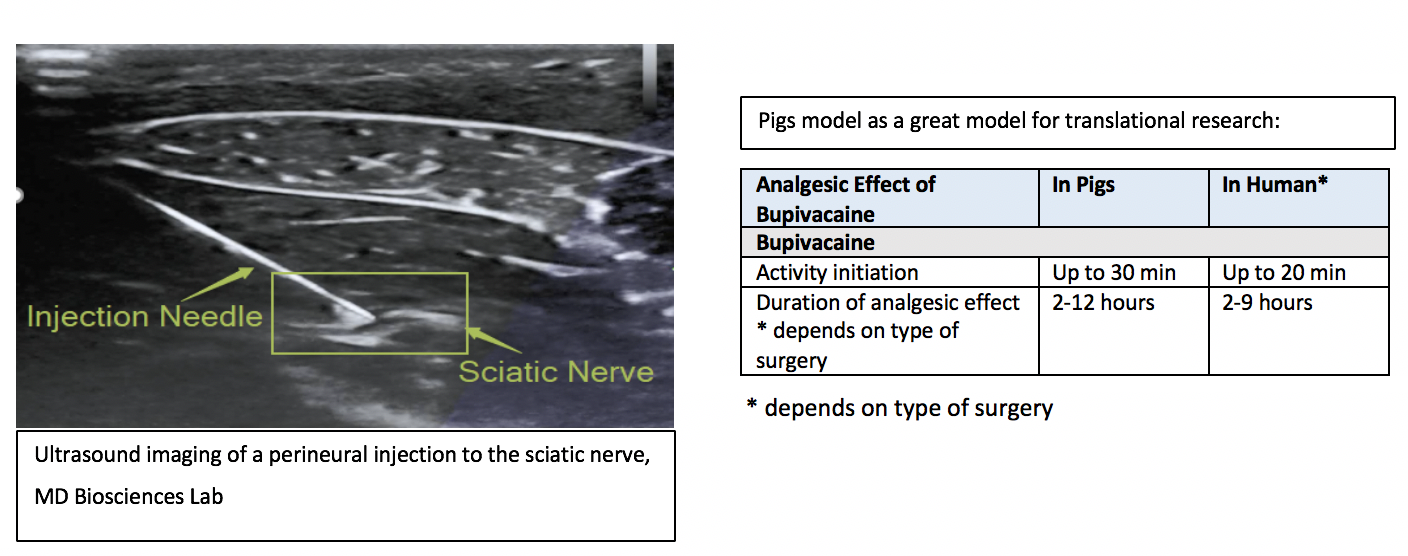
Unique Model Characteristics
- Similar to the clinic - ultrasound guide and nerve stimulation dosing
- The study enables the differentiation between motor dysfunction and pain block following drug administration
- Various readouts: von Frey-stimulation (primary pain), behavior score, motor function score, open field test, incision score, incision healing (histology) and biomarker analysis in skin
We also offer a wide variety of rodent models and services across therapeutic areas including inflammation, pain, neurodegenerative disease, wound healing, histology, cell-based assays, biomarker analysis and statistical review and more to compliment your studies. We look forward to learning more about your research needs and working together. Call us today: 651-641-1770.

Read More
Topics:
neuropathic pain,
translational research,
porcine model
Proud to announce that the pig post operative pain model pioneered by our scientists was used and cited in a clinical study poster publication written by Heron Therapeutics to assess the synergistic effect of Bupivacaine and Meloxicam in HTX-011.
"Meloxicam and Bupivacaine combined in a single extended-release formulation (HTX-011) delivered at the wound site in a preclinical post-surgical pain model in pigs exhibited greater analgesia than either compound delivered alone within the same extended-release formulation; this finding was confirmed in an initial clinical trial in bunionectomy" (Heron Therapeutics, 2018).
To learn more about our rodent and pig post-operative pain models, visit our preclinical pain webpage or view our datasheet below.

Read More
Topics:
Pain,
post-operative pain,
neuropathic pain,
preclinical research
MB Biosciences is proud to announce our newly established electrophysiology capabilities suited for preclinical neuropathy research! Our lab has acquired the cutting-edge Dantec KEYPOINT Focus tool utilized to measure electrophysiological action potentials. Our scientists have applied these new capabilities in the assessment of Muscle Action Potential (measuring signals from the nerve to muscle) in rodent models of peripheral nerve injury. Using these capabilities, we can measure nerve regeneration, degeneration and protection in response to various treatments. This technology can be further applied to non-rodent species such are our pig translational pain models. Additionally, we are now offering measurement capabilities for Motor Action Potential with a specialized Renovo Neural paradigm—particularly useful for studies of EAE, MS, spinal cord injuries and CNS pain. Application of these capabilities specifically to EAE and MS models provide valuable insights into multiple areas of compound efficacy. View the graphs below to learn more about the ways in which using intraoperative techniques applied in the brain, peripheral nerve surgeries and spine has led us to developing models for monitoring impairment in neural activity. By empirically evaluating neural diseases and their physiological symptoms, we can effectively offer precise measurements for drug effect and treatment options.
To learn more about how this technology can be applied to specific study needs, please contact us.
In-vivo neurophysiology
A B C
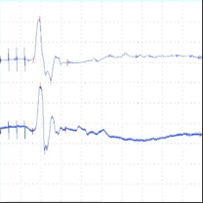
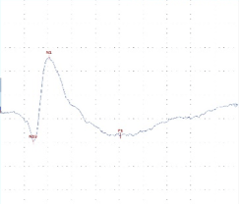
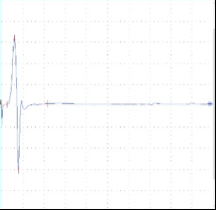
Figure 1. A) CNS model - Transcranial electric motor evoked potentials (tcMEPs) were recorded from the bilateral tibialis anterior (TA) muscles using paired subdermal needle electrodes. TcMEP stimulating electrodes were placed anterior to the C3 and C4 scalp positions. B) Pain and sensory model - Somatosensory evoked potential (SSEP) - electrodes were placed along the medial aspect of each ankle at the malleoli for bipolar stimulation of the posterior tibial nerves (PTN). Somatosensory evoked potentials (SSEP) were recorded over the cerebral cortex using subdermal needle electrodes placed posterior to the C3 and C4 scalp positions. Recording electrodes were referenced to the FPz position on forehead. C) PNS model - Compound muscle action potential (CMAP) - recorded from the tibialis anterior muscle using paired subdermal needle electrodes. Stimulating electrodes were placed along the sciatic notch. Data were recorded from a Sprague Dawley rat.
A B C
Figure 2: tcMEP Recordings from TA muscle in a multiple sclerosis model. A A healthy potential recorded from naive mouse (C57). B) Desynchronized potential recorded from a mouse treated with MOG demonstrating a clinical paralysis score of 1-2 (mild paralysis). Note multiple picks of potential, late latency for the main potential and extended duration of the total event. C) Small and weak potential recorded from a mouse treated with MOG demonstrating a clinical paralysis score of 3-4 (moderate paralysis).
Read More
Topics:
Pain,
neuropathic pain,
preclinical research,
Electrophysiology
 With a multifaceted approach to assessment of neurological diseases, specializations include pain-related work, neurodegenerative diseases including Parkinson's, neuro-inflammatory diseases such as Multiple Sclerosis (MS), and capabilities in stroke and cerebral ischemia. Preclinical models are complimented by in house histology, biomarker analysis and electrophysiology capabilities. Finally, our unique porcine models share a high degree of similarity to humans, thus offering greater clinical efficacy that serve to augment and accelerate your program towards their next objectives and milestones.
With a multifaceted approach to assessment of neurological diseases, specializations include pain-related work, neurodegenerative diseases including Parkinson's, neuro-inflammatory diseases such as Multiple Sclerosis (MS), and capabilities in stroke and cerebral ischemia. Preclinical models are complimented by in house histology, biomarker analysis and electrophysiology capabilities. Finally, our unique porcine models share a high degree of similarity to humans, thus offering greater clinical efficacy that serve to augment and accelerate your program towards their next objectives and milestones.









